1. Hummel Figurines
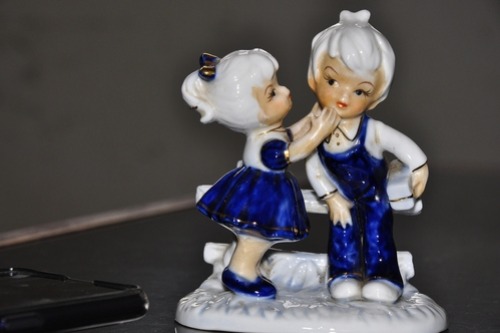
At one point, Hummel figurines were a collector’s dream, with some rare pieces fetching thousands of dollars. These adorable porcelain children, based on the drawings of a German nun, were hugely popular in the mid-20th century. People invested in them, thinking they’d appreciate in value, but today, the market is flooded with them. Most sell for just a few bucks at estate sales, and even rarer ones rarely break the $100 mark.
One major reason for their decline is changing tastes—Millennials and Gen Z aren’t decorating their homes with tiny porcelain children. On top of that, the baby boomer generation, which collected them passionately, is downsizing. Supply has overtaken demand, making it nearly impossible to sell them for what they once cost. If you’ve got a shelf full of Hummels, you might just be stuck with them.
2. Victorian Furniture

Massive, ornate Victorian furniture once screamed sophistication and wealth, but now, it mostly screams “too heavy to move.” In the late 19th and early 20th centuries, these dark wood pieces were highly valued and passed down through generations. However, today’s homebuyers prefer sleek, minimalist designs, leaving Victorian furniture unwanted. Even high-quality mahogany and oak pieces struggle to sell for more than a few hundred dollars.
Auction houses that once dealt in Victorian antiques now turn them away, and thrift stores are overloaded with these bulky relics. Part of the issue is practicality—people don’t have room for a seven-foot-tall carved armoire in a modern apartment. The sheer weight and size make them difficult to move and transport, further decreasing their desirability. Unless you find a niche buyer, chances are that beautiful Victorian dresser is more of a burden than an asset.
3. Depression Glass

During the Great Depression, companies produced colorful, inexpensive glassware as a morale booster, and it became a beloved collectible decades later. In the 1980s and ‘90s, rare pieces of Depression glass sold for hundreds or even thousands of dollars. However, the market has since crashed, and today, most pieces can be found in thrift stores for under $10. Even once-sought-after colors like pink and green have seen their values plummet.
One reason for the decline is that newer generations see Depression glass as outdated rather than charming. On top of that, a massive supply remains in circulation, meaning there’s no shortage of it for collectors. The pieces were made to be durable, so they’ve survived longer than people expected. Unless you have an ultra-rare pattern, your grandmother’s Depression glass isn’t making you rich anytime soon.
4. Sterling Silver Flatware
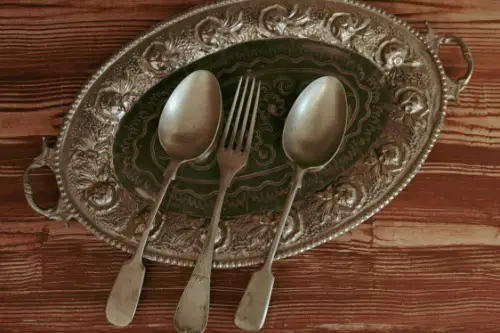
Once a prized wedding gift and family heirloom, sterling silver flatware sets used to be a symbol of wealth. A complete set could fetch thousands at auction, but today, most go for just a fraction of that price. The biggest issue? Nobody wants to polish silver anymore.
With dishwasher-safe stainless steel dominating modern kitchens, silver flatware has become more of a hassle than a luxury. Younger generations don’t want to spend their weekends scrubbing tarnish off forks and spoons. Even scrap silver prices aren’t high enough to make melting them down worthwhile. Unless you find an old-school collector, your once-valuable silverware set is likely to sit in a drawer, unused and unwanted.
5. Beanie Babies

At their peak in the 1990s, Beanie Babies were a phenomenon, with rare editions selling for thousands of dollars. Collectors hoarded them, believing they were making a solid investment for the future. Fast forward to today, and the vast majority of Beanie Babies are worth next to nothing. Even the once-coveted Princess Diana bear, which some thought would fund their retirement, rarely sells for more than $10.
The main problem was oversaturation—Ty produced millions of these little plush toys, so they were never truly rare. On top of that, the speculative bubble burst, and demand disappeared almost overnight. While a handful of ultra-rare Beanies still hold some value, the rest are cluttering up thrift stores and eBay listings. If you’re still holding onto a tub full of them, it’s time to let go of the dream.
6. China Sets
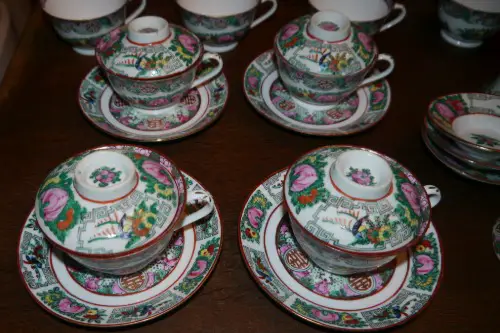
Fine china was once a must-have for every respectable household, used for special occasions and passed down for generations. Brands like Limoges, Noritake, and Lenox were considered status symbols, and complete sets could be worth thousands. But today, few people want fussy, high-maintenance dishes they can’t put in the dishwasher. The market has collapsed, and even high-end sets are selling for pennies on the dollar.
Many young people simply don’t have the space or lifestyle for formal china—they prefer everyday dishes that are practical and easy to clean. On top of that, there’s an overabundance of china sets being sold as older generations downsize. Resale shops and estate sales are overflowing with them, making it hard to command a high price. Unless you have an extremely rare pattern, your once-treasured china is more sentimental than valuable.
7. Collector Plates
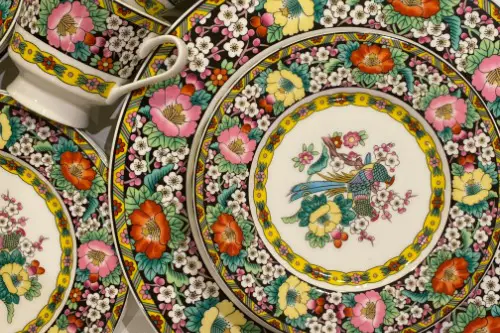
In the 1970s and ‘80s, companies like Bradford Exchange convinced people that collector plates were a great investment. Limited edition runs made them seem exclusive, and for a while, some plates did sell for hundreds of dollars. But today, the market has completely dried up, and most collector plates are worth next to nothing. Even once-popular themes like Norman Rockwell or Disney barely attract buyers.
The problem is that these plates were mass-produced under the illusion of scarcity. Millions were sold, and because they were meant to be collectibles, people kept them in pristine condition—meaning there’s still an overwhelming supply. Younger generations don’t want to display decorative plates on their walls, so demand has disappeared. What was once a booming market has turned into a thrift store staple.
8. Grandfather Clocks
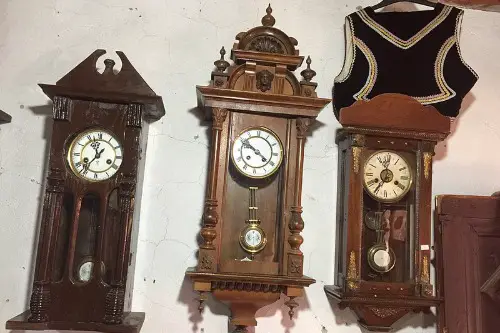
Owning a towering grandfather clock was once a sign of prestige and tradition, with high-quality ones selling for thousands. Made from fine woods with intricate craftsmanship, these clocks were passed down through generations. But in today’s world, they’ve become impractical—too big, too heavy, and too outdated for modern homes. Many younger buyers see them as more of a hassle than a treasure.
The rise of digital clocks and smartphones has also made them somewhat obsolete. Fewer people want to deal with winding a clock or maintaining its delicate inner workings. Estate sales often struggle to get even a few hundred dollars for them, even if they’re in perfect condition. If you’ve inherited a grandfather clock, you may have a beautiful relic, but not a profitable one.
9. Sewing Machines
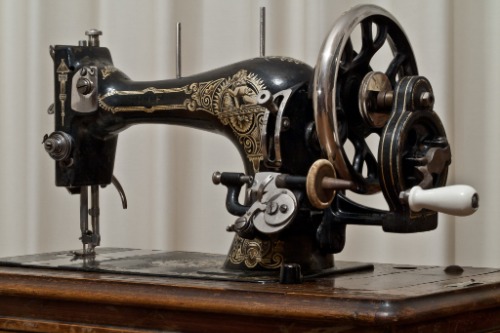
Antique sewing machines, especially ornate Singer models, were once a hot commodity. Many were beautifully crafted with iron bases and wooden cabinets, making them functional and decorative. Collectors and crafters used to pay top dollar for well-preserved models, thinking they were both an investment and a nostalgic piece of history. However, demand has dropped dramatically, and most antique sewing machines now sell for under $100.
The main reason for their decline is that modern sewing machines are far more efficient and portable. The old-fashioned treadle models may look beautiful, but they’re not practical for everyday use. On top of that, the market is oversaturated because these machines were built to last, meaning thousands are still around. Unless you find a die-hard collector, chances are your antique Singer is worth more as a decorative piece than a valuable antique.
10. Salt and Pepper Shaker Collections
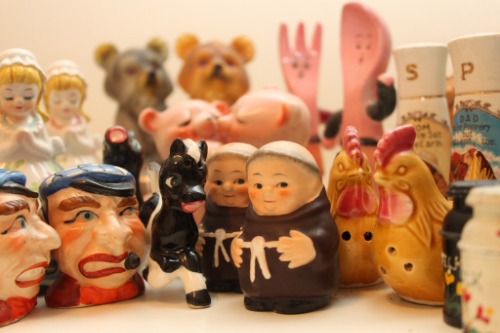
Once a quirky and fun collectible, themed salt and pepper shakers used to attract serious collectors willing to spend big money. Unique vintage sets, especially from the 1940s and 1950s, once commanded high prices at auctions and antique shops. Today, though, most people see them as kitschy clutter rather than prized possessions. Even rare designs that once sold for hundreds now struggle to fetch $10.
One major issue is that salt and pepper shakers were mass-produced, and so many survived that they’re not actually rare. Additionally, younger generations are less interested in having decorative, dust-collecting items in their kitchens. The market for quirky collectibles has shifted toward pop culture memorabilia rather than old-fashioned novelty items. As a result, entire collections that took decades to build are now being sold off for next to nothing.
11. Antique Cameras
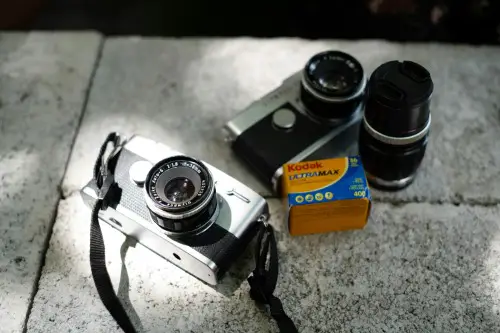
Vintage film cameras, especially those from brands like Kodak and Polaroid, were once highly sought after by photographers and collectors. Some rare Leica and Rolleiflex models still hold value, but most old cameras are nearly worthless. Digital photography has taken over, and even film enthusiasts have become pickier about what they’re willing to pay for. Once-popular models that sold for hundreds or thousands now sit unsold at flea markets and estate sales.
A big reason for this drop is that many antique cameras simply aren’t functional or practical anymore. Film has become expensive and harder to find, making it difficult to justify using these cameras over modern alternatives. Many people also don’t want to deal with the inconvenience of manual focus and exposure settings. Unless you have an ultra-rare model, your vintage camera is probably worth more as a display piece than a collector’s item.
12. Steamer Trunks
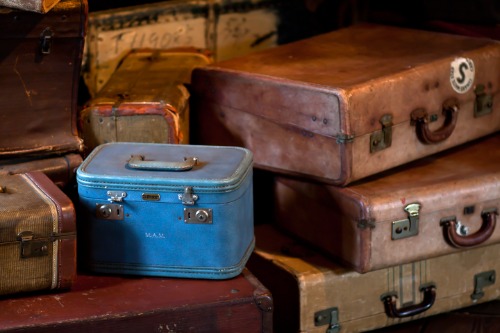
In the early 1900s, steamer trunks were essential for long voyages, and high-end brands like Louis Vuitton made luxury versions that sold for thousands. Even well-made generic trunks were once valuable as antiques, with their heavy-duty craftsmanship and intricate interiors. However, today’s market has cooled, and most old trunks struggle to sell for more than a couple of hundred dollars. The biggest problem? They’re just not practical anymore.
Most people don’t have a use for a massive wooden trunk in their homes, and they take up a lot of space. While some get repurposed as coffee tables, the demand for them as actual storage has dwindled. On top of that, they’re heavy and difficult to move, making them an inconvenient antique. Unless you have a rare designer trunk, yours might be worth little more than sentimental value.
13. Encyclopedia Sets

Once considered a household staple, encyclopedia sets were a sign of knowledge and status, with some costing thousands of dollars. Families invested in Britannica or World Book sets to ensure their children had the best educational resources. But with the internet making information instantly accessible, encyclopedia sets have become completely obsolete. Most thrift stores won’t even accept them as donations because nobody wants them.
The biggest issue is that printed encyclopedias are outdated almost as soon as they’re published. Google, Wikipedia, and online databases have made them irrelevant, and younger generations have no interest in lugging around heavy volumes. Even pristine, leather-bound sets that once held great value now sit untouched on bookshelves. If you’re still holding onto a full set, it’s probably worth more as a nostalgic relic than an actual collectible.


